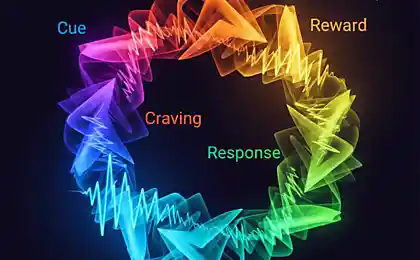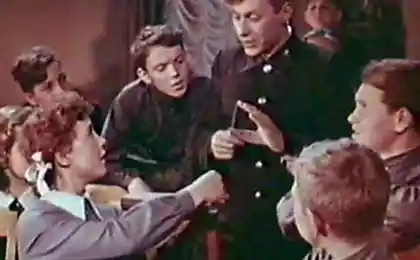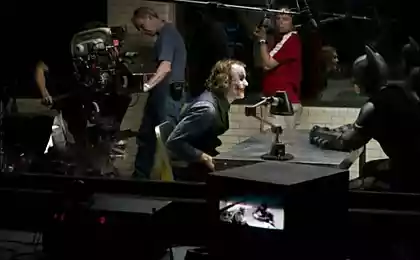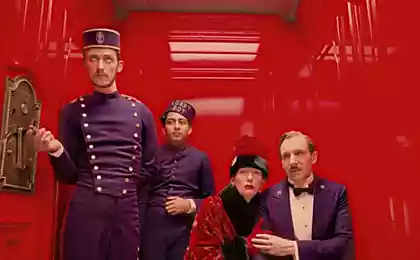197
Brain on Autopilot: The Hidden Director of Your Life

How subconscious patterns shape our decisions and why mindfulness is the key to change
Dmitry Savelyev
Neuropsychologist, scientific observer
Imagine you get behind the wheel and suddenly realize you don't remember driving the last few kilometers. Or automatically reach for your phone every five minutes, even without new notifications. It’s not a matrix glitch – it’s your brain running on autopilot.

The secret power of the subconscious
According to a recent study by Harvard University, up to 95% of our daily activities are done automatically, without conscious thinking. Professor of neuroscience Mikhail Danilov explains:
Our brains are an incredibly efficient habit-making machine. Everything we do regularly turns into an automatic pattern to save energy. It was crucial for the survival of our ancestors, but in the modern world it can play a cruel joke on us. ?
The shocking discoveries of science
Key studies in recent years:
- The decision to act is made by the brain 7 seconds before we are aware of it.
- 80% of eating habits are formed before 3 years
- A person checks their phone 110 times a day, most often unconsciously.
- Changing a Key Habit Can Start a Chain of Positive Transformations
How to Recognize Autopilot
Psychologist Anna Vereshchagina highlights the main signs of unconscious behavior:
- Temporary flops Do not remember how you performed a routine
- Automatic reactions For example, reach for sweets under stress.
- Repeated errors - You step on the same rake.
- Procrastination Put off the important, doing the usual little things
History of transformation
Alexey Petrov, 34, a programmer, shares his experience:
“I worked late for years, ate fast food and suffered from chronic fatigue. By recognizing my automatic patterns through the habit diary technique, I was able to completely rebuild my daily routine in six months. Now I have time for my family, sports, and I feel alive. ?
Reprogramming techniques
1. The Stop-Aware-Action Method
- Set a trigger (such as a phone call)
- When it appears, pause.
- Ask yourself, “What am I doing and why?”
- Make an informed decision about the next action.
2. Habit replacement technique
- Trigger: Determine what triggers unwanted behavior
- Action: Invent an alternative reaction
- Award: Provide positive reinforcement
A scientific approach to change
Dr. Neurosciences Elena Sokolova offers a step-by-step transformation algorithm:
Protocol of deliberate change:
- Keep a log of automatic actions for 7 days
- Identify the 3 main triggers of unwanted behavior
- Create an alternative reaction plan
- Practice new behaviors for 21 days
- Regularly monitor progress
Successful cases
Maria Svetlova, business coach, shared the results of the group work:
Over 6 months of working with 100 participants in the mindfulness program, 78% were able to significantly change one key habit. In 45%, this led to positive changes in other areas of life.
Practical tools
Checklist for daily practice:
- Morning pause of mindfulness (2-3 minutes)
- Three deep breaths before important decisions
- Evening reflection of actions for the day
- Regularly checking "Am I here?"
Conclusion
The autopilot of our brain is a powerful tool that can work both for us and against us. The key to positive change is awareness and consistent work on habits. Remember, every conscious decision is a step towards managing your life.
“We can’t control everything, but we can learn to notice the moments when autopilot is not taking us where we want to go,” Danilov said.
Our Grandmothers' Superfoods: Ancient Wisdom in Modern Kitchen
The Secret Life of Urban Trees: The Surprising Truth About Green Neighbors























